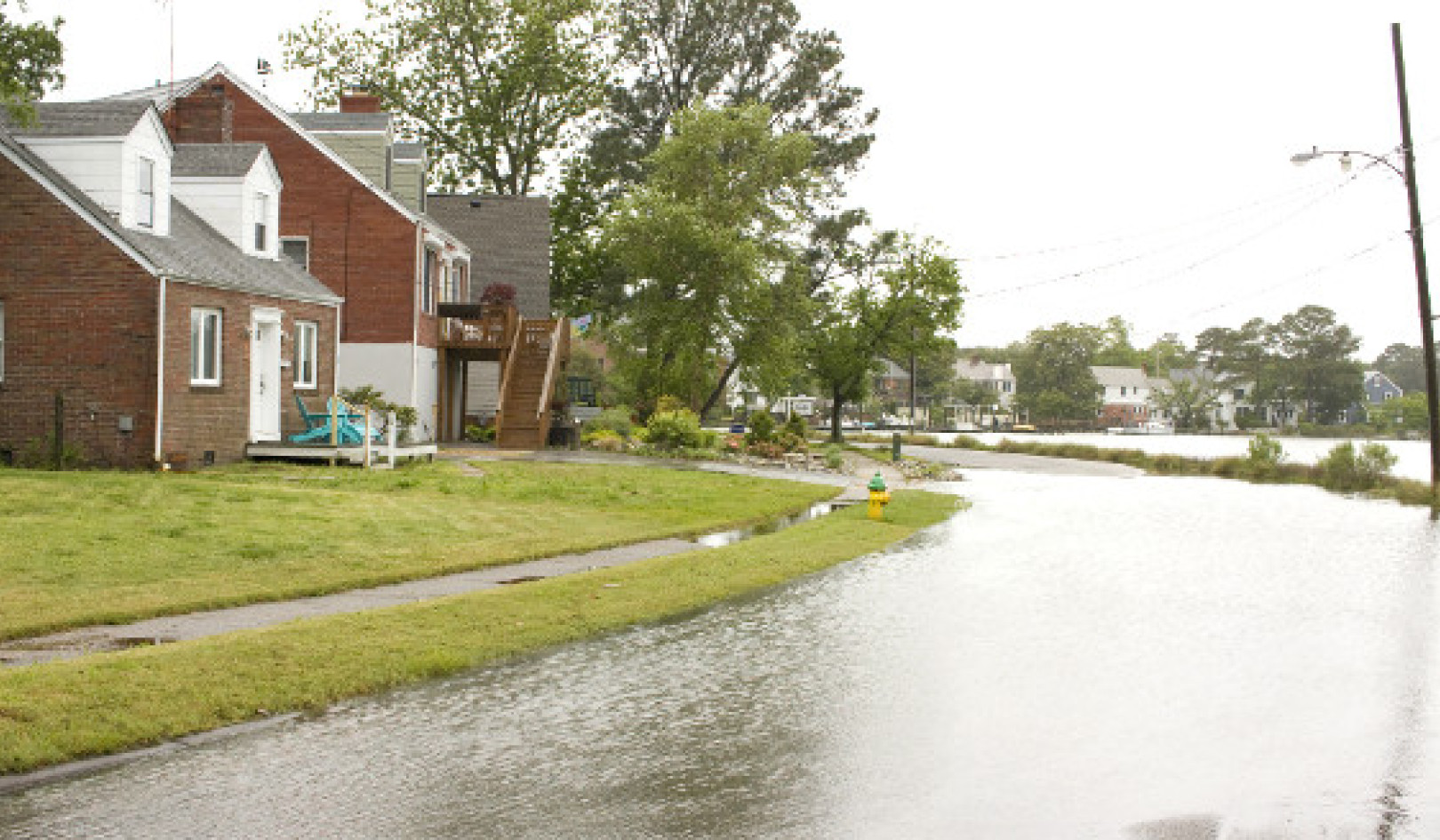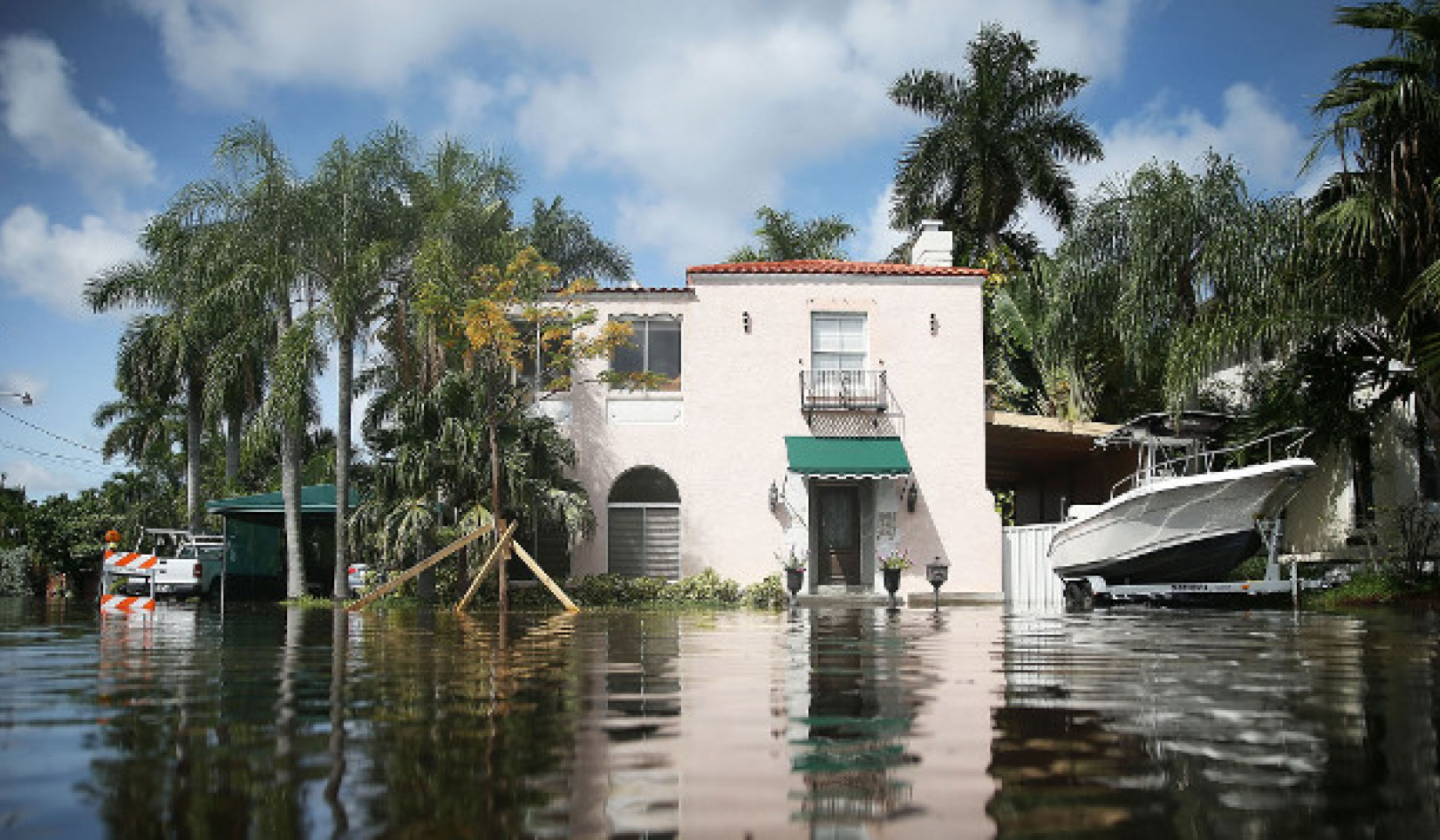
We inhabitants of this planet have made huge mistakes. The good news is that we could turn the situation around by cooperating—with each other and with the rest of the natural world. For perspective, we could begin by viewing the scene from a distance.
Earth is a blue jewel in our solar system—the water-rich planet. A closer view reveals abuse of that priceless water. Oil blackens ocean beaches. Aging barrels of radioactive waste leak into ground and ocean waters. Coal mining blasts mountaintop springs and water-enlivening forests into oblivion. Hydro dams create stagnant lakes on previously healthy rivers, and methane mining harms other streams. Supplies of drinking water shrink, and much of this is caused by the dominant energy technologies.
Wiser beings viewing Earth might wonder, “Will the inhabitants of this planet use their emerging crises as springboards for cooperative actions? Will they unite to shift to energy technologies that are in harmony with nature? Will they employ the harmonious technologies to restore watersheds, cleanse rivers and oceans, and ultimately create a higher civilization?”
It’s possible. Authors in this anthology point out various paths the human family can take toward environmental stewardship and a more caring society. Some contributors see the need for a new source of energy beyond the standard alternatives. Some find that individual inventors and independent research groups around our world have made the breakthroughs that could replace coal, oil, and uranium. This chapter introduces water-related breakthroughs. A few types of the inventions could clean up polluted water at the same time as providing electric power.
Humankind knows how to harness fire, wind, sun, and the strongest forces in nature. Will the next leap forward use the power of water? That question is posed by the BlackLight Power website (www?.blacklightpower.com). It describes a novel hydrogen-related energy that’s cheap, abundant, and generates no pollution or greenhouse gases.
A video on the site says our prosperity is limited only by our ambition. We can keep our world, oceans, rivers, and the air we breathe clean by using “energy made right here at home—or anywhere in the world.”
Dawning of the Age of Aqua
The urge to solve humankind’s energy-generating problems is felt by innovators around the planet. Thousands of videos and forums on the Internet share research and homegrown experiments. Before the Internet and its open sourcing of knowledge, lone inventors tried to single-handedly save us from our dependence on dirty fuels. And long before hippies saw the dawning of an Age of Aquarius, a few individuals discovered that water is a key to independence.
James Robey of Kentucky compiled a history titled Water Car: How to Turn Water into Fuel. It begins with the Swiss-German physician Paracelsus about five hundred years ago noticing that a flammable gas formed when iron reacted with a certain acid added to water. In his era the pace of discoveries was slow. Centuries passed until an eighteenth-century British scientist had the resources and patience to isolate what he called “inflammable air” and prove it is a separate element. When the gas burned, water formed again. He figured out that water is made from two parts of hydrogen and one of oxygen. A British team was also first to perform electrolysisof water. They used a new invention, the battery, passing its electric current through water to produce hydrogen and oxygen, which appear as tiny bubbles rising out of the water.
Isaac de Rivaz of Switzerland, first to patent an internal combustion engine, powered his clunky vehicle on hydrogen from water. It took the wrong path; fuel was not created on demand, but instead hydrogen was dangerously stored in a tank before being released by hand into a five-inch-diameter cylinder and sparked. His 1805 car lurched forward fifteen feet every five seconds. There was room for improvement, but the car’s exhaust was clean.
Nothing Is Too Good To Be True
Michael Faraday was a British scientist who said, “Nothing is too wonderful to be true.” Unfortunately some of today’s experts use his fame dogmatically to justify a narrower viewpoint. In 1834 Faraday’s experiments proved a certain limit to the efficiency of electrolysis. The amount of hydrogen and oxygen output from Faraday-type electrolysis is a set proportion; nearly four kilowatt-hours of electricity is needed to produce one cubic meter of hydrogen. Twenty-first-century experts invoke “Faraday’s law” to shut the door on maverick experimenters’ claims of superefficient electrolysis.
Faraday’s formula does hold true for the usual electrolysis experiment using “brute force” direct current. You can’t run a generator on water by burning the hydrogen gas put out by a standard electrolyzer (the apparatus that uses electricity to break apart water). It takes too much electricity to produce the gas, so burning won’t ever produce enough heat to be converted to that much electrical energy. Such a system couldn’t power a generator or vehicle.
However, not everyone builds things the usual way. And not everyone breaks up water with the sledgehammer approach of a heavy flow of electrical current. Instead, approaches that require less electricity can be used to separate hydrogen atoms from water molecules. Those who are doing “non-Faraday electrolysis” range from backyard tinkerers to highly educated maverick scientists who may have an understanding of atoms that is advanced beyond mainstream science.
In 1872 acoustic researcher John Worrell Keely of Philadelphia reportedly demonstrated the use of multiple sound vibrations to break water apart. Could a combination of tones from three tuning forks produce music that causes hydrogen atoms to dance their way out of the water molecule? Keely said he had indeed found the resonant frequency of water. Many of Keely’s discoveries, prototypes, and papers disappeared after his death.
Turning Water Into Fuel on Demand Under the Hood
In Dallas, Texas, more than a century after Faraday, Henry Garrett’s invention turned water into fuel on demand under a car’s hood. He had previously invented the emergency dispatch radio, which he gave to Dallas without cost, and created his city’s first automatic traffic signal. Garrett and his son Charles worked on their electrolytic carburetor for eight years before Charles patented it in 1935. Newspaper articles said it substituted water for gasoline and that Garrett claimed cooler motor operation, instantaneous starting in any weather, elimination of fire hazards, and full power and speed. Was Garrett a con man, as debunkers claim? There’s no evidence for that charge, says Robey.
Robey dug into Dallas newspapers and other archives and found Garrett to have been a gifted technician and upstanding public servant who donated much time and many of his assets to help others. Robey wonders why the Garretts’ invention wasn’t used by any car manufacturer or offered as a retrofit device. “Maybe it was a few local oilmen who convinced them to just drop the thing . . .”
Meanwhile in Bolivia, Francisco Pacheco’s fascination with an -electricity-generating fish led him to an invention that produced fuel from water efficiently. The U.S. vice president at the time, Henry Wallace, took a goodwill tour of South America, met Pacheco, and saw the potential for his invention to replace gasoline diverted to fight World War II. Wallace invited him to immigrate, so Pacheco moved to New Jersey.
By the time Pacheco consulted a lawyer about patenting his invention, however, Americans were getting ample supplies of gasoline. Few worried about pollution. Pacheco was advised to wait. Family and job responsibilities took his attention for nearly thirty years before he began demonstrating how he could power engines and a home with his device. It produced hydrogen as needed—by an interaction of salt water, magnesium, electricity, and carbon. He also ran a boat on seawater.
In 1992 his second patent described a process that needed no electricity. Despite his many efforts to get fair publicity and to reach decision makers, his discoveries were ignored.
Motor Home Power by Water
Andrija Puharich was a medical doctor whose technical brilliance led him to also earn a Ph.D. in physics and thirty patents on his inventions. After studying the famed inventor Nikola Tesla’s findings about electrical resonance, Puharich tuned in to the resonant frequencies of water molecules to loosen the bonds between hydrogen and oxygen.
His friends claim he traveled thousands of miles through Mexico and the United States in a motor home powered by hydrogen split from water, created on demand in the vehicle. The legend includes a trip through a mountain pass where he melted snow water to fill his fuel tank. Puharich’s brilliance didn’t settle into a business groove, so his invention didn’t make it to the marketplace. Instead he turned his attention to understanding the nature of consciousness.
Puharich and Pacheco are dead, but other inventors continue. In the Philippines, engineer Daniel Dingel says that in the past forty years he has converted more than a hundred cars to run on water, using seawater as the electrolytic solution. Textbooks say it is impossible to get a car battery to put out enough electrical power to do what Dingle claims to be doing. Skeptics point to slight traces of carbon found in his car’s exhaust. However the traces don’t prove he is using some hydrocarbon fuel. Instead, that carbon could have arrived in the air intake from smoggy, sooty city air.
Old videos show him running a Toyota Corolla car with his small hydrogen reactor hooked up to its engine. Dingle was told that his country’s government, deep in debt, could not support his efforts because that government has been instructed to avoid competing with the World Bank’s energy interests—oil.
Where Can the Human Family Go With This?
There are more breakthrough water-and-energy technologies than one chapter can cover. For instance, cleaning up polluted rivers can be done by a ready-to-use Vapor Condensation Distillation unit developed by a California man, Stephan Sears. His company’s plans include solving water problems in undeveloped countries where groundwater, rivers, lakes, or wells have been polluted. Technically it would be easy – combining the unit with a small photovoltaic (solar cell) panel, small windmill, or a run-of-the-river turbine that generates electricity. Only a small fraction of the electricity is needed to run the water distillation process; the unit uses very little power because it recycles its heat and has other exceptionally efficient features.
Many of the researchers look for grassroots support as the way to get their innovations into the marketplace. The people of Earth are a superpower themselves, if united.
The alternative to worldwide cooperation is grim – segments of the human family each allowing their national leaders to use the fact of water shortages to justify continued warring over scarce resources. The public can insist on these outside-the-box breakthroughs.
©2013 by Finley Eversole.
Reprinted with permission of Inner Traditions, Inc.
All Rights Reserved. www.innertraditions.com
Article Source:
Infinite Energy Technologies: Tesla, Cold Fusion, Antigravity, and the Future of Sustainability
edited by Finley Eversole Ph.D.
 As the global need for clean, renewable energy grows and the shortage of viable large-scale solutions continues, it is time to look to the geniuses of our past and the visionaries of our future for answers. Taking inspiration from Albert Einstein’s statement that “Problems cannot be solved by the same level of thinking that created them,” Finley Eversole explains that the key to a pollution- and poverty-free future of infinite energy lies not in pursuing one single method, but in investigating all the possibilities--in uniting as a world in creative pursuit of global transformation.
As the global need for clean, renewable energy grows and the shortage of viable large-scale solutions continues, it is time to look to the geniuses of our past and the visionaries of our future for answers. Taking inspiration from Albert Einstein’s statement that “Problems cannot be solved by the same level of thinking that created them,” Finley Eversole explains that the key to a pollution- and poverty-free future of infinite energy lies not in pursuing one single method, but in investigating all the possibilities--in uniting as a world in creative pursuit of global transformation.
Click here for more info and/or to order this book on Amazon.
About the Author (Chapter 7 of the book)
 Jeane Manning has traveled in twelve countries and interviewed dozens of scientists since 1981, researching revolutionary clean energy systems that could replace oil. With Joel Garbon, she coauthored the award-winning book Breakthrough Power: How Quantum-leap New Energy Inventions Can Transform Our World (Second Edition). Her earlier books include The Coming Energy Revolution and Energie, and several coauthored books, including Angels Don’t Play This HAARP with Dr. Nick Begich. Her books have been published in seven languages. Her websites are www.BreakthroughPower.net and www.ChangingPower.net
Jeane Manning has traveled in twelve countries and interviewed dozens of scientists since 1981, researching revolutionary clean energy systems that could replace oil. With Joel Garbon, she coauthored the award-winning book Breakthrough Power: How Quantum-leap New Energy Inventions Can Transform Our World (Second Edition). Her earlier books include The Coming Energy Revolution and Energie, and several coauthored books, including Angels Don’t Play This HAARP with Dr. Nick Begich. Her books have been published in seven languages. Her websites are www.BreakthroughPower.net and www.ChangingPower.net
About the Editor of the book
 Finley Eversole, Ph.D., is a philosopher, educator, activist, and advocate for the role of the arts in the evolution of consciousness. In the 1960s he was active in the civil rights and women's movements and participated in organizing the first Earth Day in New York City in 1970. He has planned and edited five forthcoming volumes addressing solutions to a range of global problems; Infinite Energy Technologies is volume one in this series.
Finley Eversole, Ph.D., is a philosopher, educator, activist, and advocate for the role of the arts in the evolution of consciousness. In the 1960s he was active in the civil rights and women's movements and participated in organizing the first Earth Day in New York City in 1970. He has planned and edited five forthcoming volumes addressing solutions to a range of global problems; Infinite Energy Technologies is volume one in this series.























